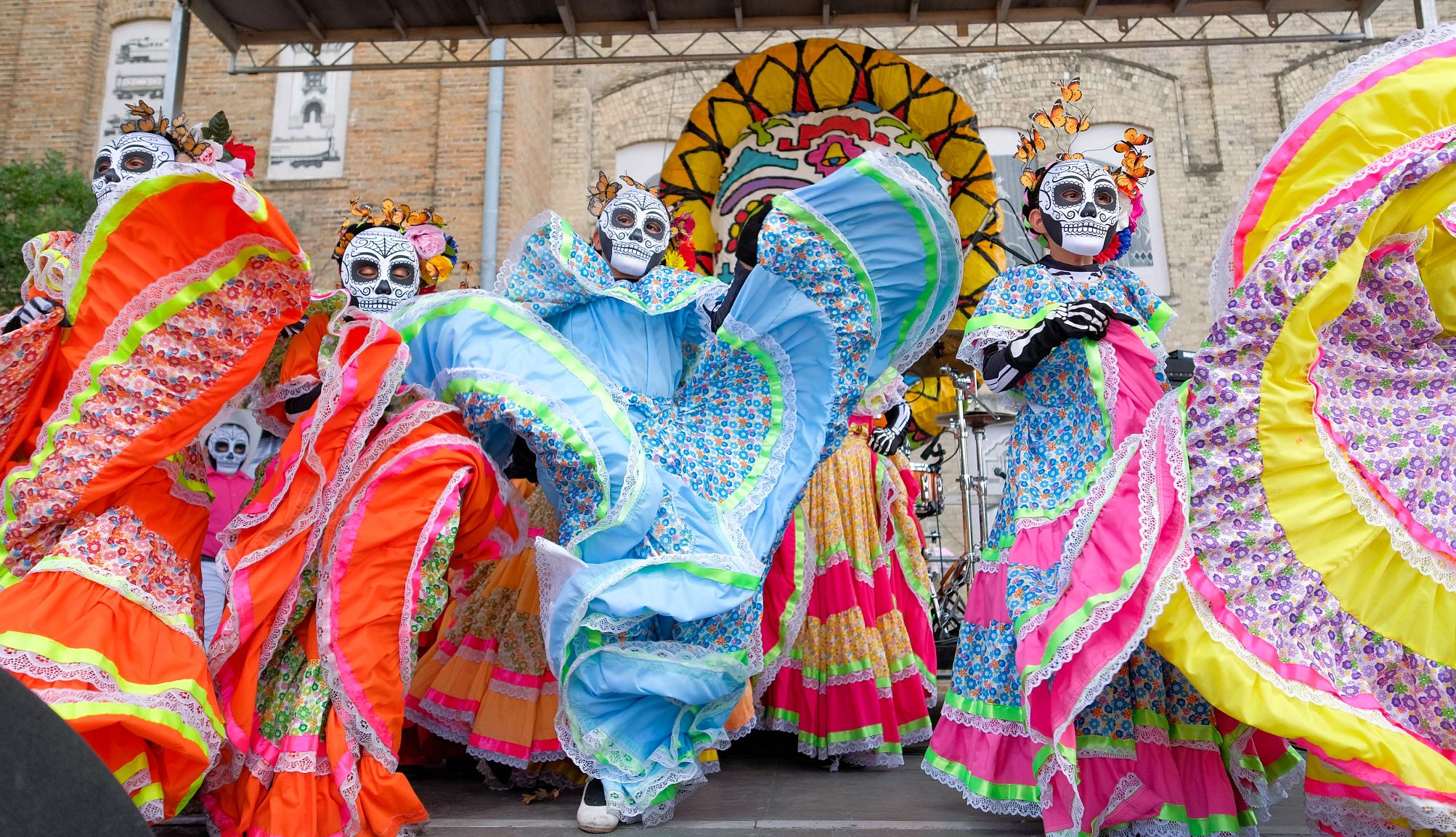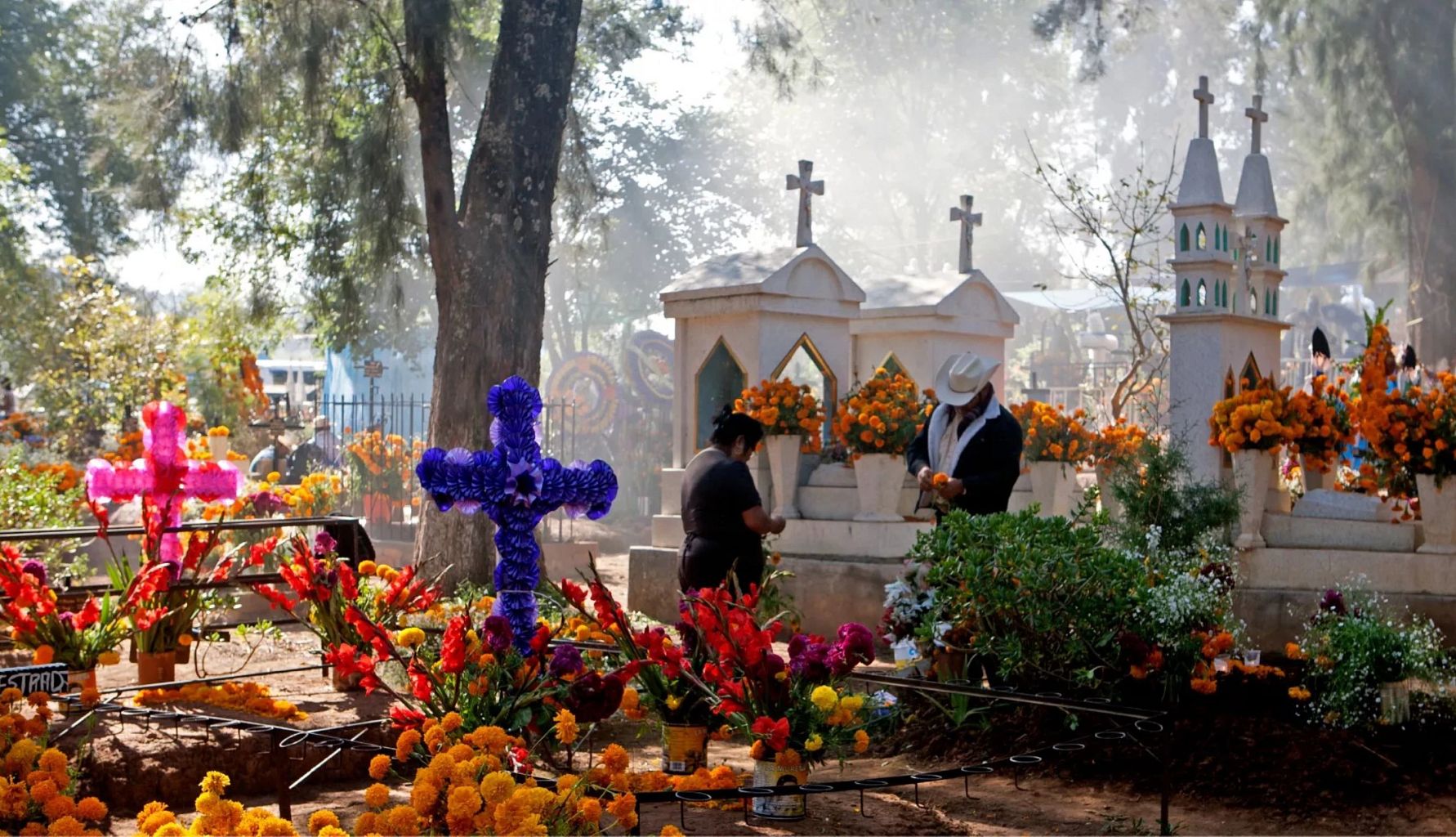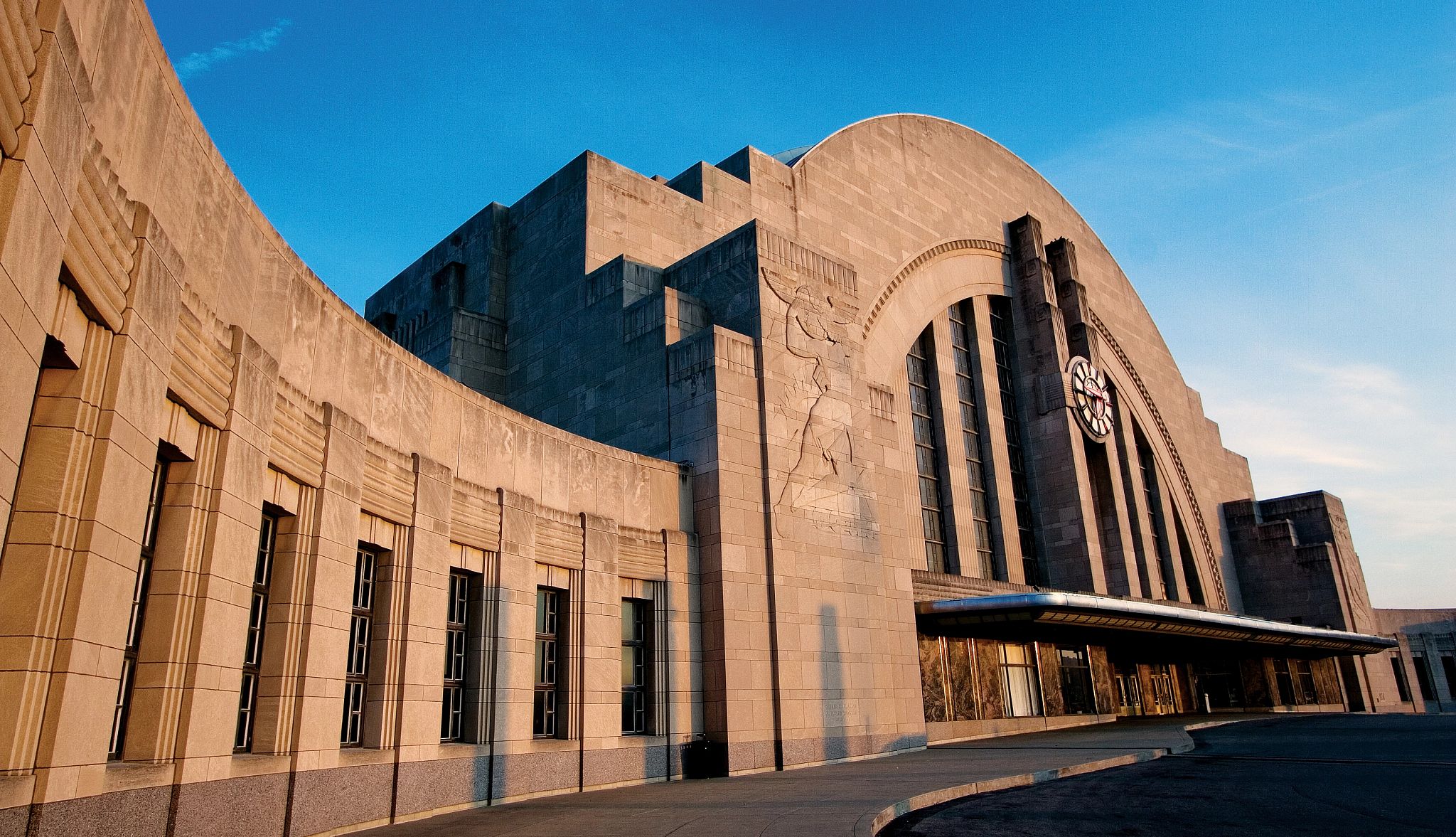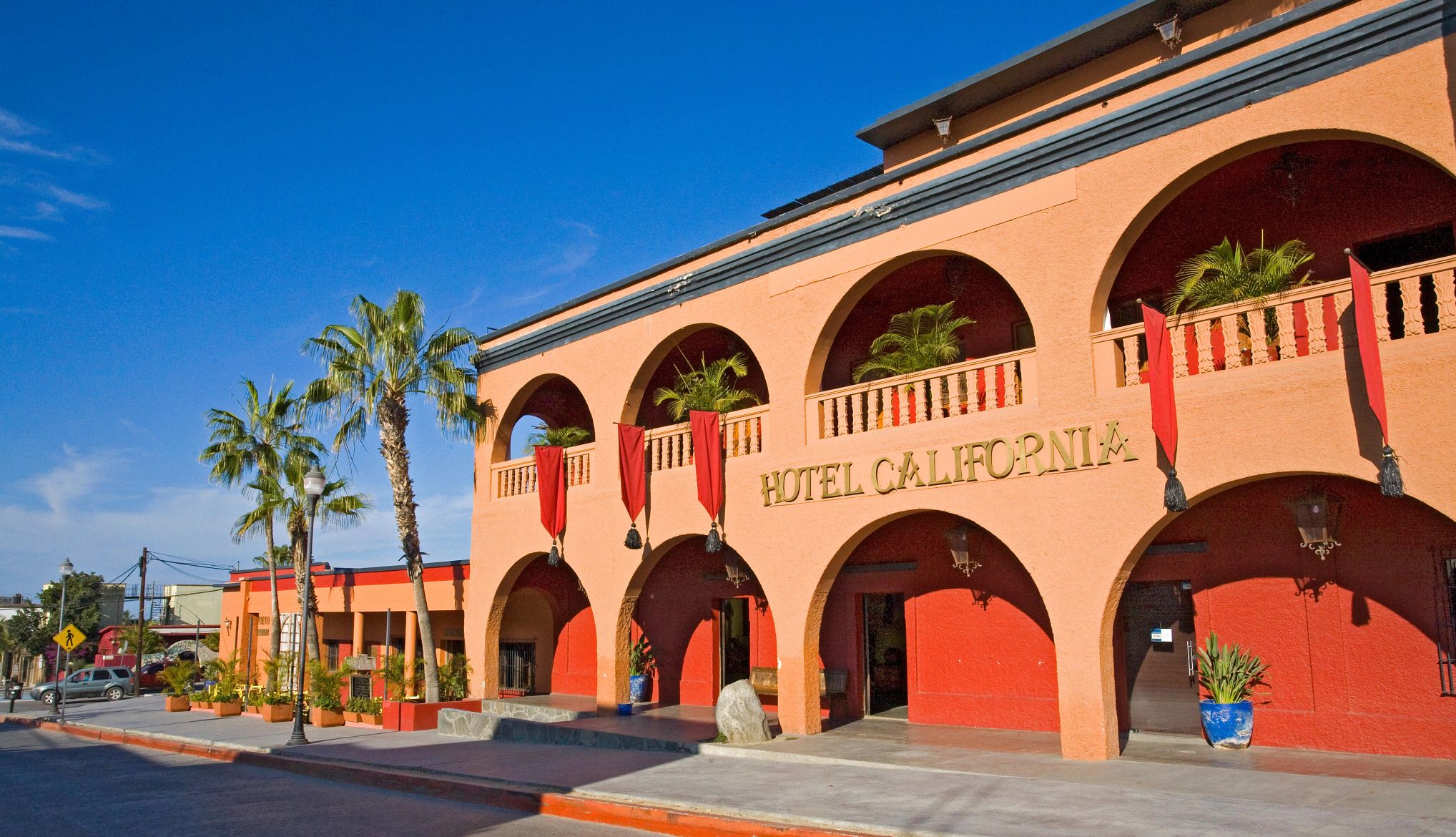AARP Hearing Center
When it comes to Día de los Muertos, an annual tradition otherwise known as Day of the Dead, there is no mourning. The Mexican holiday is jam-packed with traditions, meaningful symbols and colorful imagery. It is an occasion to honor and commemorate deceased loved ones, especially ancestors. Though the holiday is often recognized privately among family members, some cities celebrate with parades and festivals that include music, dancing, feasts and more.
“As a Chicana, I believe Día de los Muertos offers a healthy way to process grief and honor those who are no longer with us,” says Deborah Ramos, director of the Festival de las Calaveras (“Festival of the Skulls”) in Minneapolis. Grief can lead to depression, anxiety, hypertension, lack of sleep, isolation and physical and mental decline among older adults, according to a study in The Senior Care Pharmacist.
“By engaging in this tradition, my energy is uplifted, and I feel both healed and strengthened,” she says. “Día de los Muertos reminds me that death does not sever our bonds; it reshapes them. In connecting with my ancestors and loved ones in consciousness, I find comfort, resilience and a deeper sense of belonging.”
Though traditionally celebrated on Nov. 1 and 2, celebrations often take place up to a month beforehand.
Here are six locations you can visit to participate in the reunion of the living and the dead. (And they’re a great place to bring grandkids — who, thanks to Pixar’s 2017 movie Coco, may know more about the traditional Mexican holiday than you do.)


San Antonio
In its 13th year, downtown San Antonio’s Muertos Fest draws revelers to the site of the 1968 World’s Fair to pay homage to the dead.
The free, two-day event attracts some 135,000 people for processions, workshops, markets, music and more.
Students from Mexico City’s National Autonomous University of Mexico will construct an ofrenda — an offering, commonly in the form of a large, elaborate altar — honoring the Chili Queens. These women brought the Mexican tradition of open-air food stands to the city in the 1880s and are credited with pioneering San Antonio’s Tex-Mex cuisine.
The festival feels uniquely Texan because the altars often feature regionally specific items, such as San Antonio Spurs and Dallas Cowboys memorabilia.
In addition to the altars, “There’s a genre of music called the San Antonio sound that generally appeals to older adults who experienced that when they were teenagers in the ’60s,” says Jim Mendiola, artistic director of Muertos Fest. He explains that it’s a hybrid of Tejano and soul music from that era. When: Oct. 25-26; a special tribute to San Antonio singer-songwriter and accordionist legend Flaco Jiménez, with altar viewing, takes place on Oct. 24.








































































